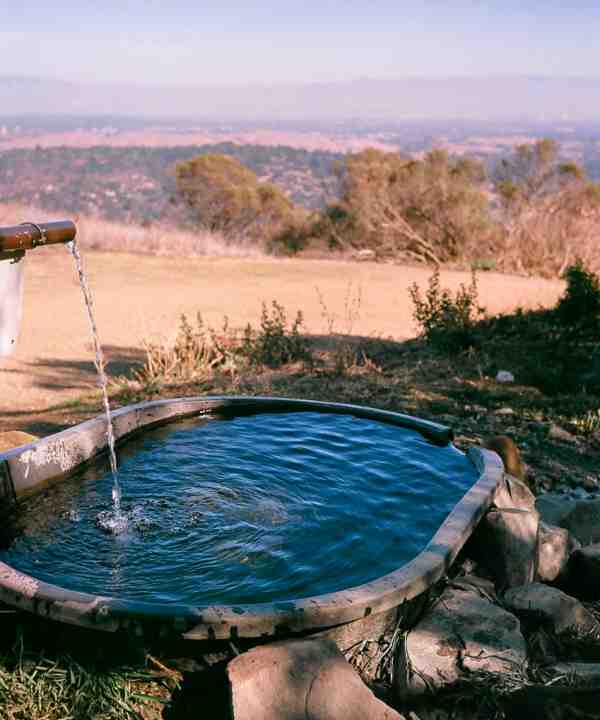September 28, 2017 | Stanford Water in the West | News
Water scarcity has often plagued development in the American West, but new research suggests droughts may hurt some more than others in rural areas dependent on groundwater wells.
From 2013 to 2015, many western states saw high temperatures and severe drought conditions. California in particular experienced the driest four-year period in history from 2012 to 2016. As the drought worsened, communities and agricultural producers began pumping more groundwater to compensate for the lack of rain, ultimately lowering the water table and leaving wells vulnerable to going dry.
In 2014, The Modesto Bee and other news outlets reported that community members in Stanislaus County had wells going dry, while at the same time, farms were applying for new well drilling permits in record numbers.
“During the drought, news outlets highlighted that wells belonging to rural homeowners were going dry, even though nearby farms had access to groundwater,” said Debra Perrone, a postdoctoral scholar at Stanford’s Water in the West program. “We wanted to see if this pattern appeared across the western United States.”
In a new study published today in the journal Environmental Research Letters, Perrone and co-author Scott Jasechko, a professor at the University of Calgary, validated concerns of many California homeowners in areas like Ceres and Denair that domestic wells are more susceptible to drying. The researchers analyzed millions of well depth records in 17 western states and found that during 2013 to 2015, about 1 in 30 wells were dry. Further, dry wells tended to be concentrated in rural communities. In some rural areas, the research suggests that as many as 1 in 5 wells were dry at certain times.
In the Central Valley, groundwater wells for domestic use tend to be tens of meters shallower than wells for agricultural use, which puts homeowners more at risk of their wells going dry on average. This is not the case everywhere. For example, near Denver, Colorado, depths for domestic wells were significantly deeper, and in parts of the High Plains, depths for domestic and agricultural wells were similar. These results suggest that declining groundwater levels can impact both drinking water reliability and agricultural productivity, depending on where you are.
Complications in record keeping at the state level make it challenging to paint an accurate picture for demand-side planning for water managers. The researchers hope this and other studies provide more information for strategic planning and aquifer recharge projects designed to combat groundwater depletion.
“Well construction information is collected at the state or sub-state level, making it difficult to stitch together information across groundwater boundaries,” said Perrone. “Our analysis is the first characterization of groundwater infrastructure in nearly 30 years and highlights data gaps that could hinder groundwater management within and across state boundaries.”
Debra Perrone is a postdoctoral scholar for Water in the West and the Department of Civil & Environmental Engineering at Stanford University. Scott Jasechko is an assistant professor in Geography at the University of Calgary.
For more information, read the research brief.


![[Woods Logo]](/sites/default/files/logos/footer-logo-woods.png)
![[Bill Lane Center Logo]](/sites/default/files/logos/footer-logo-billlane.png)